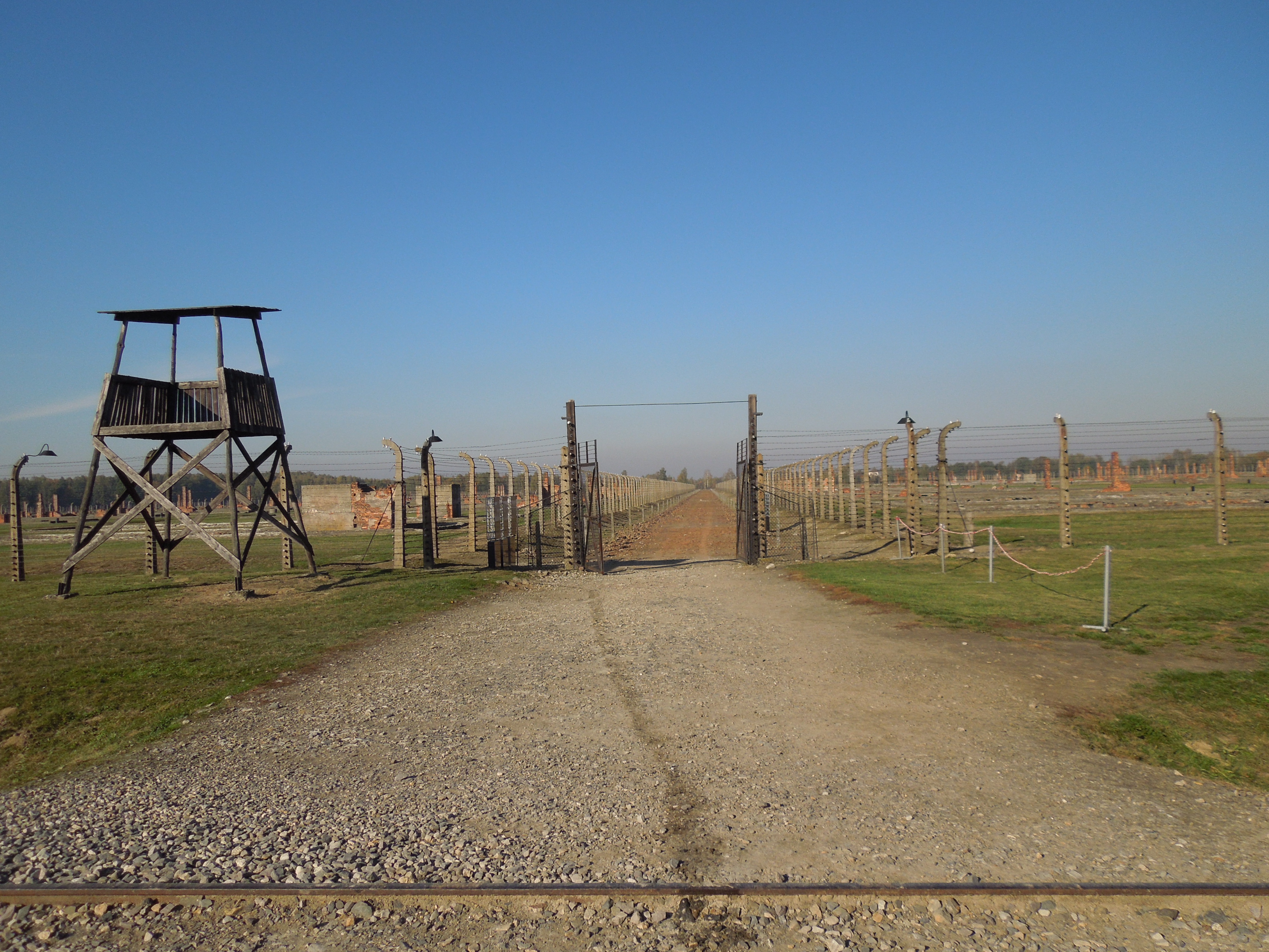While I was in Krakow, I took a daytrip to Auschwitz-Birkenau Memorial and Museum. I wasn’t planning to blog about this experience.
When I visited Auschwitz, I tried to conduct myself respectfully, and to give the space the reverence it deserved. I hadn’t planned on taking photos, but after arriving, I felt comfortable doing so as a way to solidify the experience. I think photographing a site such as Auschwitz could actually be beneficial in light of Holocaust deniers and others who would have us believe that this piece of history isn’t worth remembering. The Holocaust happened, and there are millions of us with photographic evidence of this fact — it’s a strange sort of preservation, and you’re welcome to disagree with me.
I took ten photos at Auschwitz. It was a beautiful Fall day, and it was difficult to imagine what had happened in this place where I saw manicured green grass and shimmering sunlight.
I’m worried that blogging about Auschwitz as a tourist attraction trivializes the atrocities that were committed there. So, instead of telling you the museum’s opening hours or the cheapest tour company that can take you there, I just want to share one fact.
Auschwitz opened as a museum in 1947, just 2 years after it was closed down as a concentration camp. Survivors acted as the first tour guides.
Think about the strength of will it must have taken to return. I imagine they did it because this was a truth that needed to be shared. It was painful and awful and unbelievable and people needed to see it.
History is important. Preservation is important. That’s really all I have to say.







2 Comments
Jeannie O'Donnell-Northup
I had no idea is was a “museum”. I knew people visited there. That seems unbelievable to me that it opened only 2 yrs after being a concentration camp.
opportunemma
It’s a museum because in addition to the preserved buildings, which people can visit, there are also some curated exhibits. For example, there is a room that just has a pile of suitcases in it, which the prisoners at Auschwitz had brought with them, but did not need. I assume that, in 1947, few artifacts had been collected into exhibits, and a visit to the museum was a visit to the buildings that were still standing.